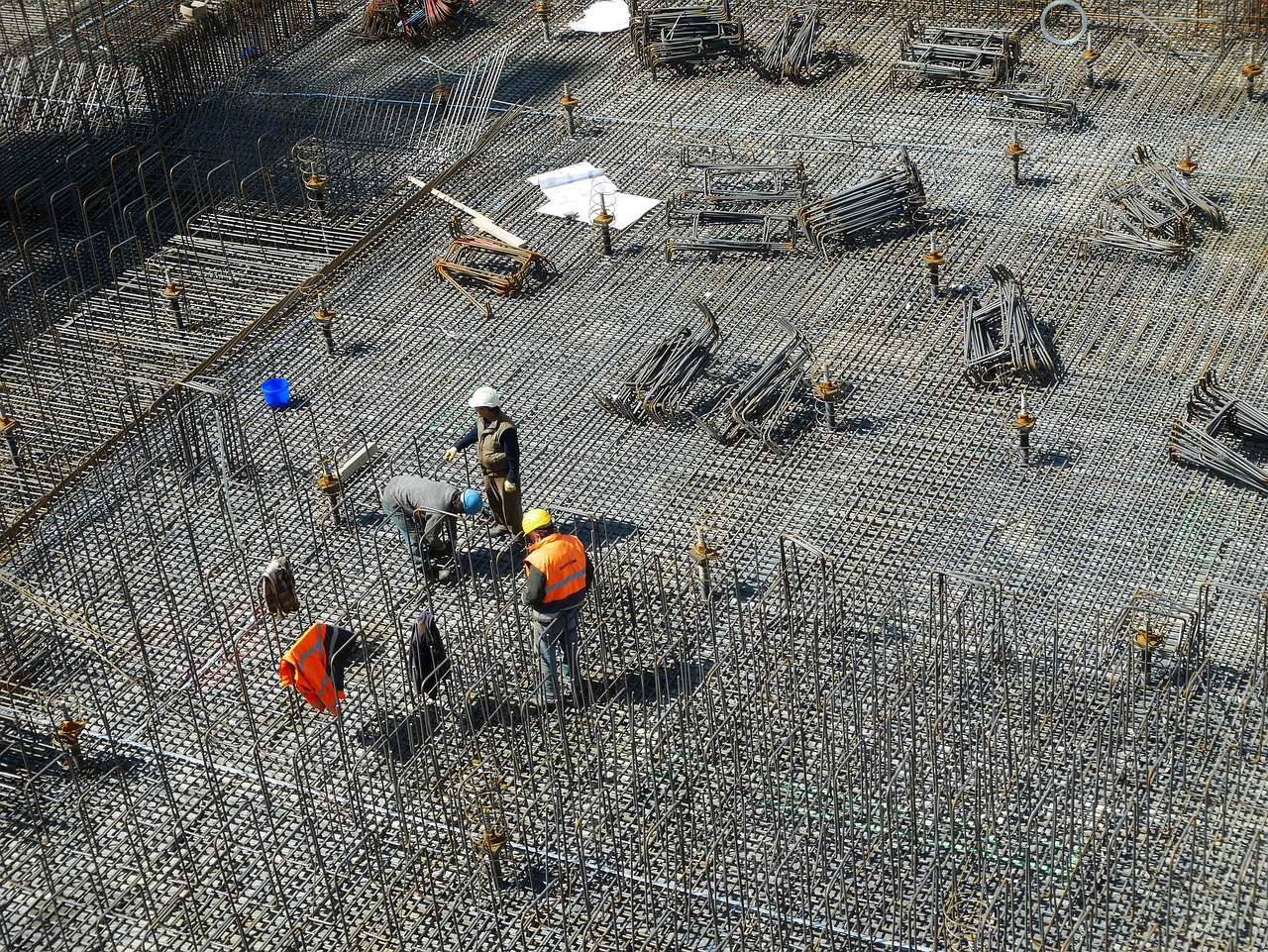Construction sites are inherently hazardous environments, with a multitude of potential risks that can threaten the well-being of workers. From the operation of heavy machinery and working at heights to exposure to hazardous materials and the risk of falls, construction sites present a unique set of challenges when it comes to ensuring the safety and health of the workforce.
Maintaining a safe and healthy work environment is not only a moral obligation but also a legal requirement for construction companies. Neglecting to prioritise health and safety can lead to devastating consequences, including work-related injuries, illnesses, and even fatalities. These incidents not only cause immense human suffering but also result in significant financial losses, such as medical expenses, compensation claims, and project delays.
Beyond the immediate impact on individuals, poor health and safety practices can have far-reaching consequences for the entire construction industry. Accidents and injuries can tarnish a company’s reputation, making it difficult to attract and retain skilled workers. Additionally, the indirect costs associated with reduced productivity, increased insurance premiums, and legal liabilities can severely undermine the financial viability of a construction business.
A well-crafted health and safety policy is the foundation of a construction company’s commitment to protecting its workers. This policy should outline the organization’s overall approach to managing health and safety risks, as well as the specific responsibilities and accountabilities of all stakeholders, from top-level management to individual workers.
The policy should be developed in collaboration with employees, safety representatives, and other relevant stakeholders to ensure that it reflects the unique needs and concerns of the construction site. It should also be regularly reviewed and updated to address any changes in the regulatory landscape, the introduction of new technologies, or the emergence of new hazards.
A comprehensive health and safety policy should cover a range of key elements, including:
- Clearly defined roles and responsibilities for all personnel, from senior management to site workers
- Detailed procedures for hazard identification, risk assessment, and control measures
- Guidelines for the selection, use, and maintenance of personal protective equipment (PPE)
- Protocols for incident reporting, investigation, and corrective actions
- Training and competency requirements for all workers
- Emergency response and evacuation plans
- Processes for regular inspections, audits, and continuous improvement
By establishing a comprehensive health and safety policy, construction companies demonstrate their commitment to creating a safe and healthy work environment, which can in turn foster a positive culture of safety and improve overall productivity and morale.



